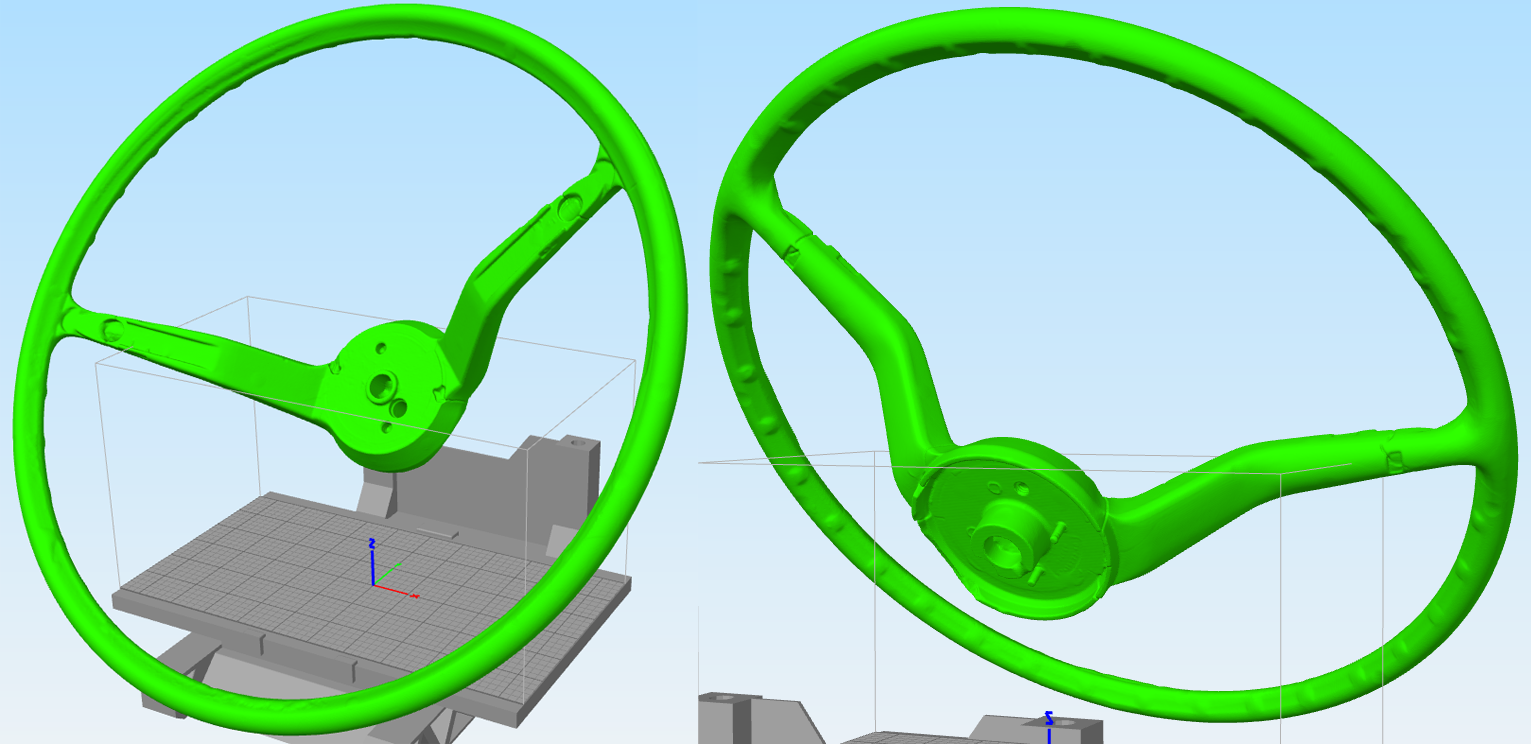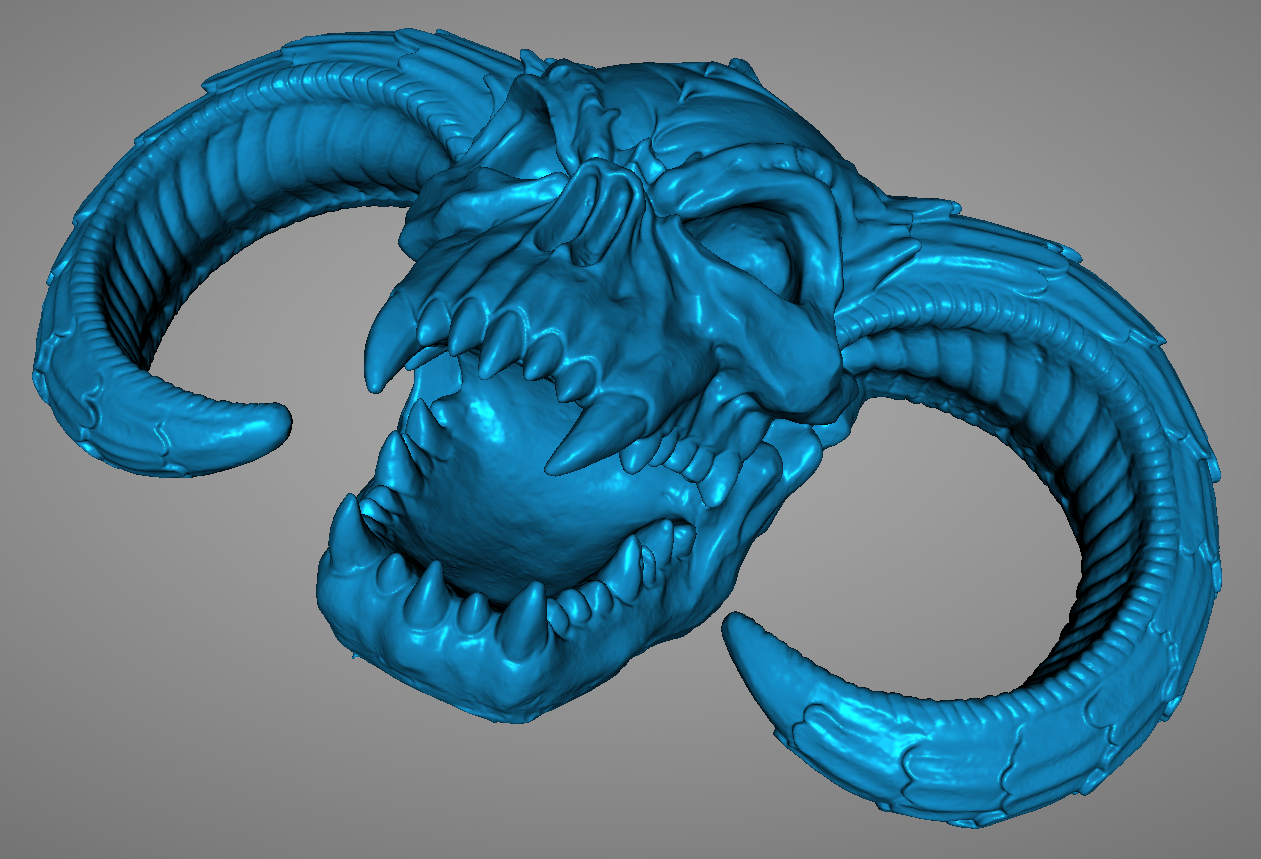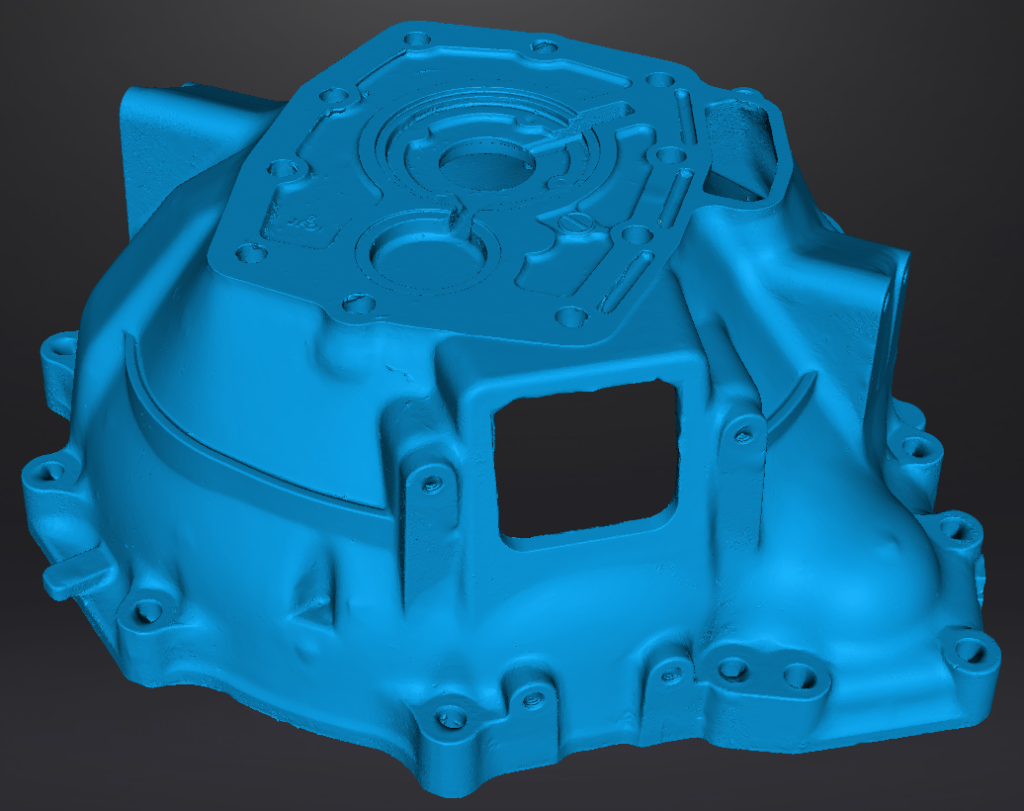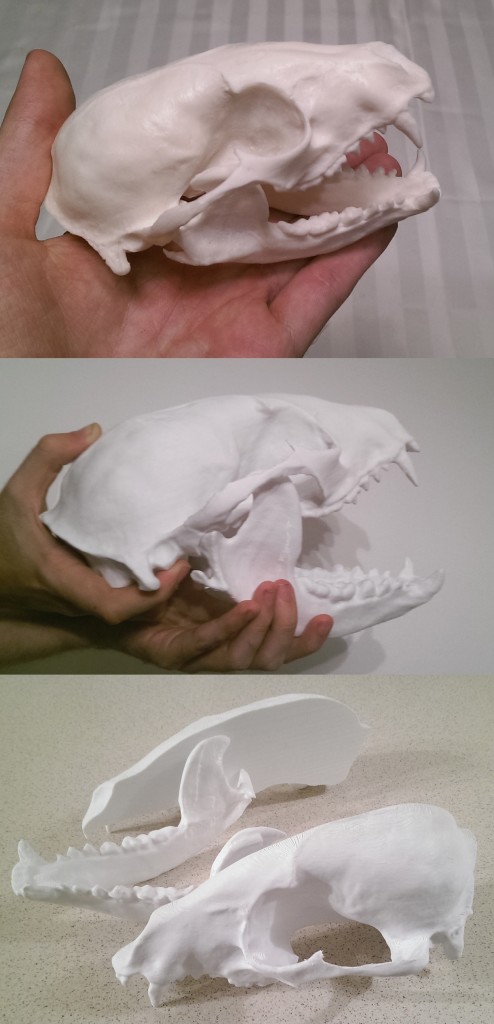3D SCANNING
Between myself and various business associates, we have a variety of 3D scanners capable of scanning existing objects into 3D mesh formats. From scanning figurines, to car parts, to ornaments and even scanning people, we can scan most objects. 3D scanning has near limitless applications and the range of affordable, personal scanners we have access to can offer relatively quick and easy solutions to problems that only a few years ago, would cost thousands of dollars.
Scanning is done at an hourly rate, depending on the size of the object. Typically customers will bring the object to us, however we can travel to scan your objects at your premises if needed (A surcharge applies based on distance). Large, complex objects require longer scanning time and processing time. Certain objects are also suited to different scanning techniques, where the scanning time on two similarly sized objects could change if one was best suited for a turntable based scanner using a jig, or perhaps best suited for snapshot-style scanning (Photogrammetry) where the machine takes dozens of photos with reference points and stitches them together.
For the best results, objects need to have a non-black, matte surface finish as reflective and glossy finishes will not scan as effectively. Transparent objects also can not be scanned and require a coating to be visible. For black, shiny and/or transparent objects, we will need to coat them in either brushed on talcum powder or a special 3D scanning anti reflective spray paint that evaporates to leave no residue. This step is required for the scanner to be able to see the object. In addition, objects greater than 200mm will often require small 7mm diameter marker stickers attached to the object, these are easily removable.
Scan output
Scanned outputs are in a triangular mesh format, STL or OBJ readable by 3D printers and digital sculpting programs such as Blender and Zbrush. 3D scanned files can not be manipulated in parametric CAD software such as STEP. The meshes may be imported as a reference surface which can then be superimposed onto an existing CAD model, or the new CAD model superimposed onto the scanned mesh, but the two will always be separate. If you require your scan to be exported in a parametric CAD format such as STEP, I can reverse engineer and design models in CAD to provide this. This service is dependent on part geometry as some scanned objects can be extremely complex and very difficult to remodel in CAD.
If you require a scan to be modified via digital sculpting with a mesh output for 3D printing, or modified via CAD for a parametric output, both types are no problem, and a service we provide regularly. This is especially useful for broken parts where a part may be missing, but we can take the data from the complete side and re-attach it to the broken side.




